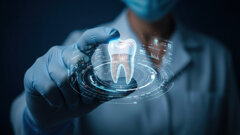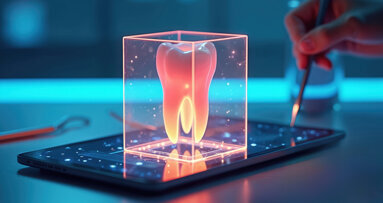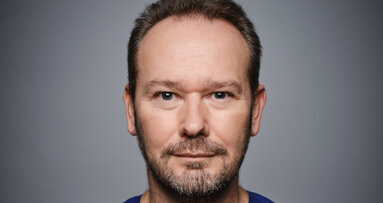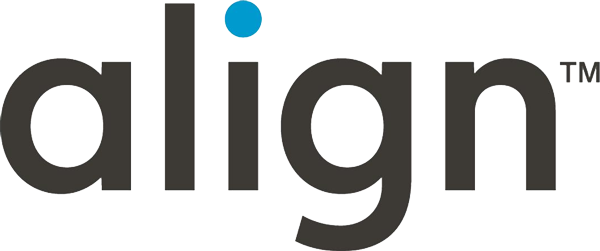SYDNEY, Australia: A significant funding gap is forcing survivors of head and neck cancers in Australia to pay tens of thousands of dollars for dental prostheses—or skip them entirely. Despite undergoing life-saving treatment, many are left with no public or private assistance regarding the replacement of teeth and parts of the jaw lost to surgery.
Last year, Dental Tribune International reported on the deteriorating quality of dental care in Australia, including deepening issues such as poor funding, preventable hospitalisation, untreated dental caries, and lack of access to reliable and frequent care. Patients who have had jaws removed or part of their mouths reconstructed owing to cancer often face bills of up to AU$50,000 (€28,130*) for replacement teeth or full prosthetic reconstructions. While some components of reconstruction are funded, essential elements such as prosthetic teeth are typically not subsidised, creating stark inequality in care.
Surgeons and advocates point to the historic separation of dentistry from general medical funding as part of the problem. They argue that the reluctance of policymakers to treat dental prostheses after cancer surgery as part of the clinical pathway leaves patients in limbo. The consequence is that many survivors are forced to withdraw savings or access their superannuation, remortgage their homes, or live without functional dentures or jaw prostheses.
Speaking to the ABC News programme 7.30, Prof. Jonathan Clark, director of head and neck research at Chris O’Brien Lifehouse hospital, argued that “if we’re talking about a breast prosthesis that’s needed to be placed because of a woman having breast cancer, that’s covered. But if you’ve had your jaw removed and you’ve lost your teeth … for some reason that’s not covered. I don’t really have a good explanation for why there is this divide, but I think it really isn’t fair that there is this inequity.”
Technological advances such as 3D-printed jaw-in-a-day devices offer interim relief—allowing patients to wake up after surgery with custom bone implants and provisional prostheses in place. This trend is in line with a broader movement within Australian dentistry to more deeply integrate artificial intelligence solutions, as reported on by Dental Tribune International. However, these solutions are currently limited to specialist centres and rely heavily on philanthropic funding.
Health system review bodies at federal and state levels have acknowledged the gap. The federal government is reportedly awaiting departmental advice on how to address coverage deficits for prostheses, and the New South Wales state government has said that ensuring affordable access to dental services is a responsibility that falls on the entire industry. Meanwhile, advocates maintain that without reform, the financial burden on cancer survivors with very specific functional and reconstructive needs will persist.
In short, those with oral cancer are often treated successfully for the disease, but then face an entirely separate battle for access to reconstructive dental care. This funding gap not only affects quality of life, but raises questions about equity in healthcare for some of the most vulnerable patients.
Editorial note:
* Calculated on the OANDA platform for 28 October 2025.
Topics:
Tags:
GYMPIE, Australia: Despite water fluoridation being recognised as one of the twentieth century’s greatest public health achievements, an increasing number...
LONDON, England: Driven by the NHS dental crisis, an increasing number of UK patients seeking cheaper dental work overseas are encountering unexpected ...
BRISBANE, Australia: Artificial intelligence (AI) is emerging as a transformative force in Australian dentistry, and a new national review has mapped how ...
MELBOURNE, Australia: Encompassing innovations such as virtual care, remote monitoring, mobile health apps and artificial intelligence (AI), digital health ...
Head and neck cancer may have drastic, long-lasting consequences, and dental professionals can play a crucial role in the patient’s treatment plan. Dental...
Live webinar
Mon. 22 December 2025
1:00 pm EST (New York)
Live webinar
Mon. 12 January 2026
9:00 am EST (New York)
Prof. Judith Jones D.D.S; M.P.H., Prof. Kakuhiro Fukai D.D.S., Ph.D, Dr. Bathsheba (Bethy) Turton
Live webinar
Wed. 14 January 2026
12:00 pm EST (New York)
Dr. Théo Laplane, Dr. Robert Gottlander DDS
Live webinar
Fri. 16 January 2026
12:00 pm EST (New York)
Live webinar
Mon. 19 January 2026
1:00 pm EST (New York)
Philipp Kopp, Michael Seeber
Live webinar
Thu. 22 January 2026
2:00 pm EST (New York)
Dr. Nicola M. Grande DDS, PhD
Live webinar
Wed. 28 January 2026
8:00 am EST (New York)



 Austria / Österreich
Austria / Österreich
 Bosnia and Herzegovina / Босна и Херцеговина
Bosnia and Herzegovina / Босна и Херцеговина
 Bulgaria / България
Bulgaria / България
 Croatia / Hrvatska
Croatia / Hrvatska
 Czech Republic & Slovakia / Česká republika & Slovensko
Czech Republic & Slovakia / Česká republika & Slovensko
 France / France
France / France
 Germany / Deutschland
Germany / Deutschland
 Greece / ΕΛΛΑΔΑ
Greece / ΕΛΛΑΔΑ
 Hungary / Hungary
Hungary / Hungary
 Italy / Italia
Italy / Italia
 Netherlands / Nederland
Netherlands / Nederland
 Nordic / Nordic
Nordic / Nordic
 Poland / Polska
Poland / Polska
 Portugal / Portugal
Portugal / Portugal
 Romania & Moldova / România & Moldova
Romania & Moldova / România & Moldova
 Slovenia / Slovenija
Slovenia / Slovenija
 Serbia & Montenegro / Србија и Црна Гора
Serbia & Montenegro / Србија и Црна Гора
 Spain / España
Spain / España
 Switzerland / Schweiz
Switzerland / Schweiz
 Turkey / Türkiye
Turkey / Türkiye
 UK & Ireland / UK & Ireland
UK & Ireland / UK & Ireland
 Brazil / Brasil
Brazil / Brasil
 Canada / Canada
Canada / Canada
 Latin America / Latinoamérica
Latin America / Latinoamérica
 USA / USA
USA / USA
 China / 中国
China / 中国
 India / भारत गणराज्य
India / भारत गणराज्य
 Pakistan / Pākistān
Pakistan / Pākistān
 Vietnam / Việt Nam
Vietnam / Việt Nam
 ASEAN / ASEAN
ASEAN / ASEAN
 Israel / מְדִינַת יִשְׂרָאֵל
Israel / מְדִינַת יִשְׂרָאֵל
 Algeria, Morocco & Tunisia / الجزائر والمغرب وتونس
Algeria, Morocco & Tunisia / الجزائر والمغرب وتونس
 Middle East / Middle East
Middle East / Middle East










































To post a reply please login or register